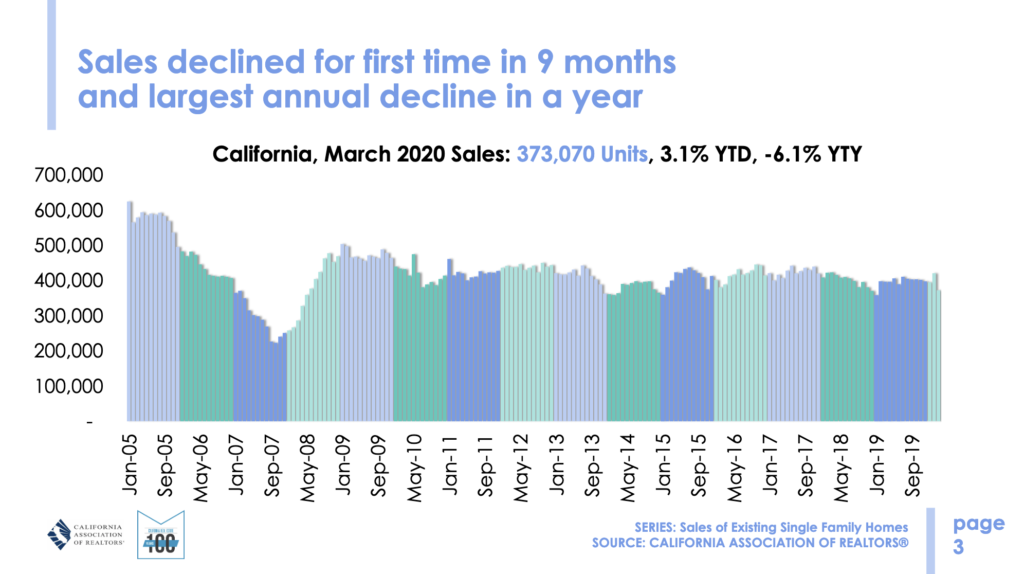
The owner and CEO of The Boutique Real Estate Group in Orange County has seen a significant shift in buyer attitudes since the onset of the pandemic
This spring has been an exceptionally tumultuous one for the luxury market — a pandemic, an initial fear of a market crash and, later, a boom of affluent buyers looking to spend big money on homes in places like Orange County and the Hamptons.
Raj Qsar
Raj Qsar, the owner and CEO of The Boutique Real Estate Group, has been at the forefront of that ride through the unknown. His brokerage, which works with homes from $2 million to upwards of $10 million in Orange County, California, has seen a direct shift in buyer attitudes — from fear and hesitation when the pandemic first hit in March to a present-day focus on finding a home that can be a long-term source of shelter and enjoyment. Money is going toward not just primary and vacation home markets but also home improvements aimed at making a home a personal haven.
“Many dual-income millennials who are making decent money have really changed their perspective,” Qsar told Inman, adding that size and amenities are the hottest trends in real estate. “You can see a definite mindset shift. They’re really coming in and not buying that tiny shack with room for one bed. They want a single-family home with a front yard and a backyard.”
We’ve interviewed Qsar about what his buyers are asking for and how that could shape the future of luxury real estate for years to come.
Inman News: What’s been happening in the Orange County luxury world during the last few weeks?
Raj Qsar: We’ve definitely seen a change in the luxury market. You could even say it’s on fire. It’s picked up a lot, at all price points — $1-$5M, $5-$10M and $10M and up. Buyers and sellers are definitely both in the market. There was a pause at the beginning of the virus just because no one knew what was going to happen. The last two weeks of March were definitely interesting but then things slowly started picking up. In the blink of an eye, the market was back. It’s now the strongest it’s ever been, really.
Is that due to pent-up demand, springtime buyer interest or a combination of both?
We keep hearing about pent-up demand from every news channel. I think there’s a little bit of truth to that but I think that people also, after going through what the country went through and spending so much time locked up inside, just want a nice place. Home offices were gone and now everyone wants a home office again. They’re working from home and want a place to be when the kids are all over. The secondary housing market is strong too because people want a place that they can escape to.
So the initial fear of the pandemic prompting a housing crash has been far from your experience?
That’s right. They’ve been saying that the market is going to crash and that we’re going to go into a recession for the last four or five years. The exact opposite is happening, actually. The market is stronger than ever, and people want to spend money on real estate. The first couple of weeks were a little bit scary, but I really do feel like people want to spend and they want to spend it on their house.
What are some other things that luxury buyers are asking you about?
Pools are back in, outdoor kitchens, outdoor barbecues — anything outdoors. People are putting money into their homes, upgrading with really nice high-end appliances, things like that. Owners want to love their house and everything about it. A lot of stuff that was being put off, like adding another bedroom or bathroom, is back. People are doing whatever they wanted to do.
You’ve observed a big change in buyer priorities?
Yes. Many dual-income millennials who are making decent money have really changed their perspective. You can see a definite mindset shift. They’re really coming in and not buying that tiny shack with room for one bed. They want a single-family home with a front yard and a backyard. All the stuff that wasn’t important has become important again.
Could these buyer preferences alter how future houses are built for years to come?
I think so. There’s definitely a shift in the whole indoor/outdoor space. People want the inside to feel like the outside and the outside to feel like the inside. Living rooms, cabanas, TVs — the stuff that we’re seeing right now is jaw-dropping. The stuff people are doing to their houses, it’s like going to a beach party in Vegas. We’re just a few months into the virus, but the aftermath of it is going to be years and years. People are always going to remember 2020 and being locked up at home. That will influence what they want in their homes.
BY VERONIKA BONDARENKO via Inman News





















